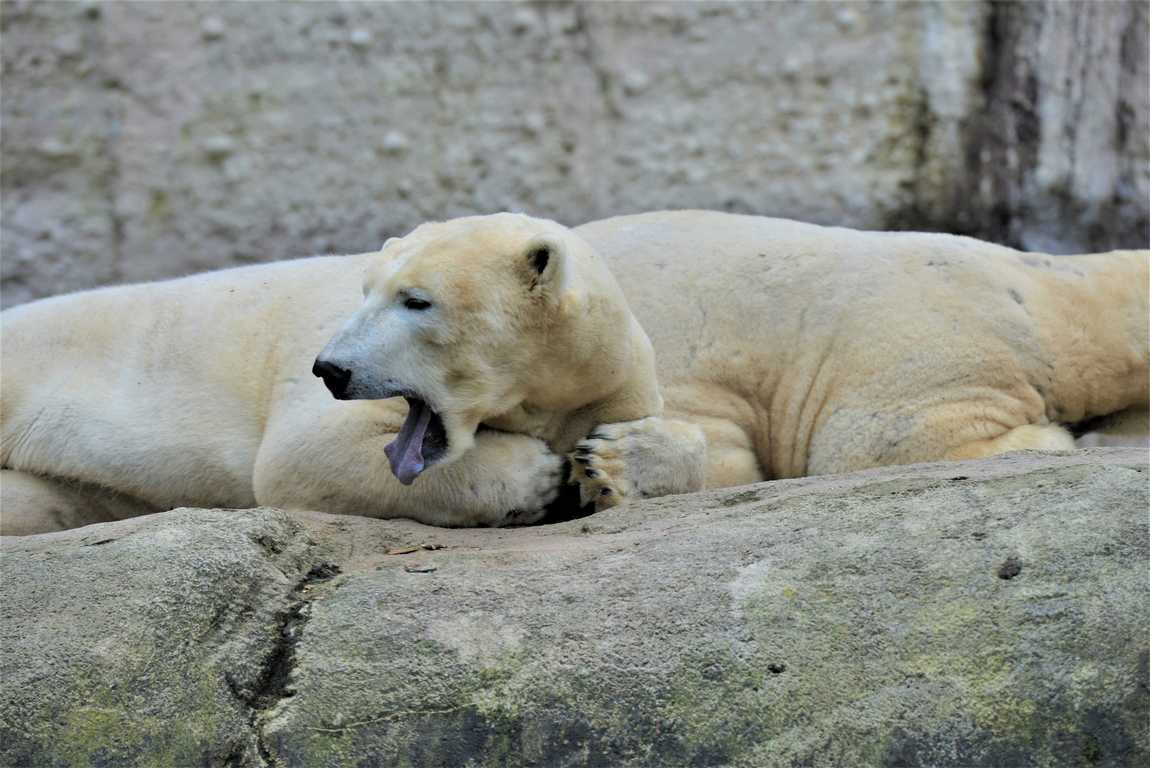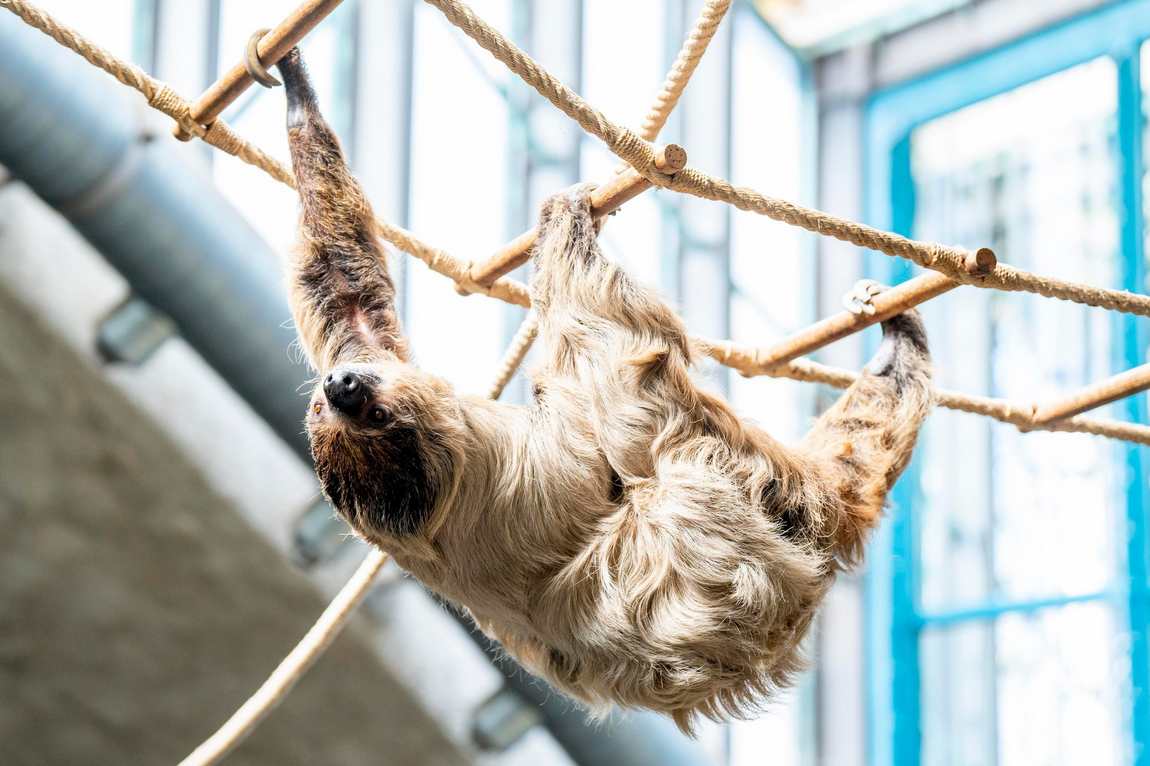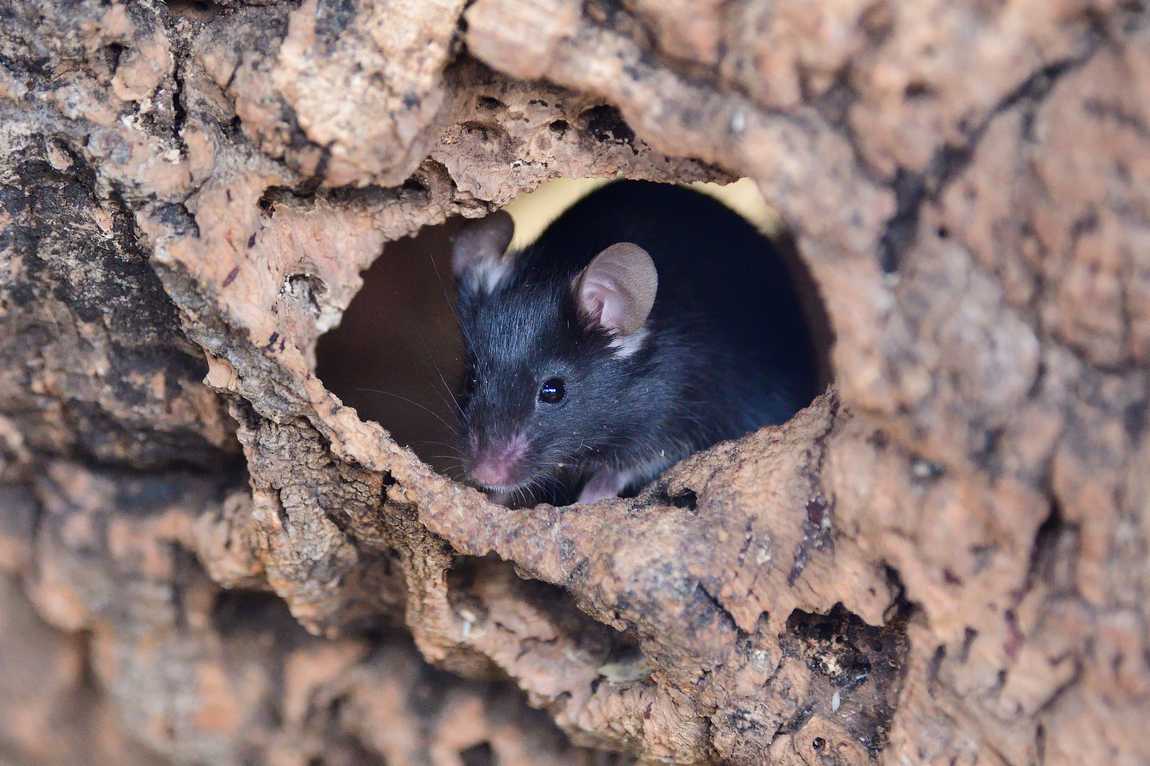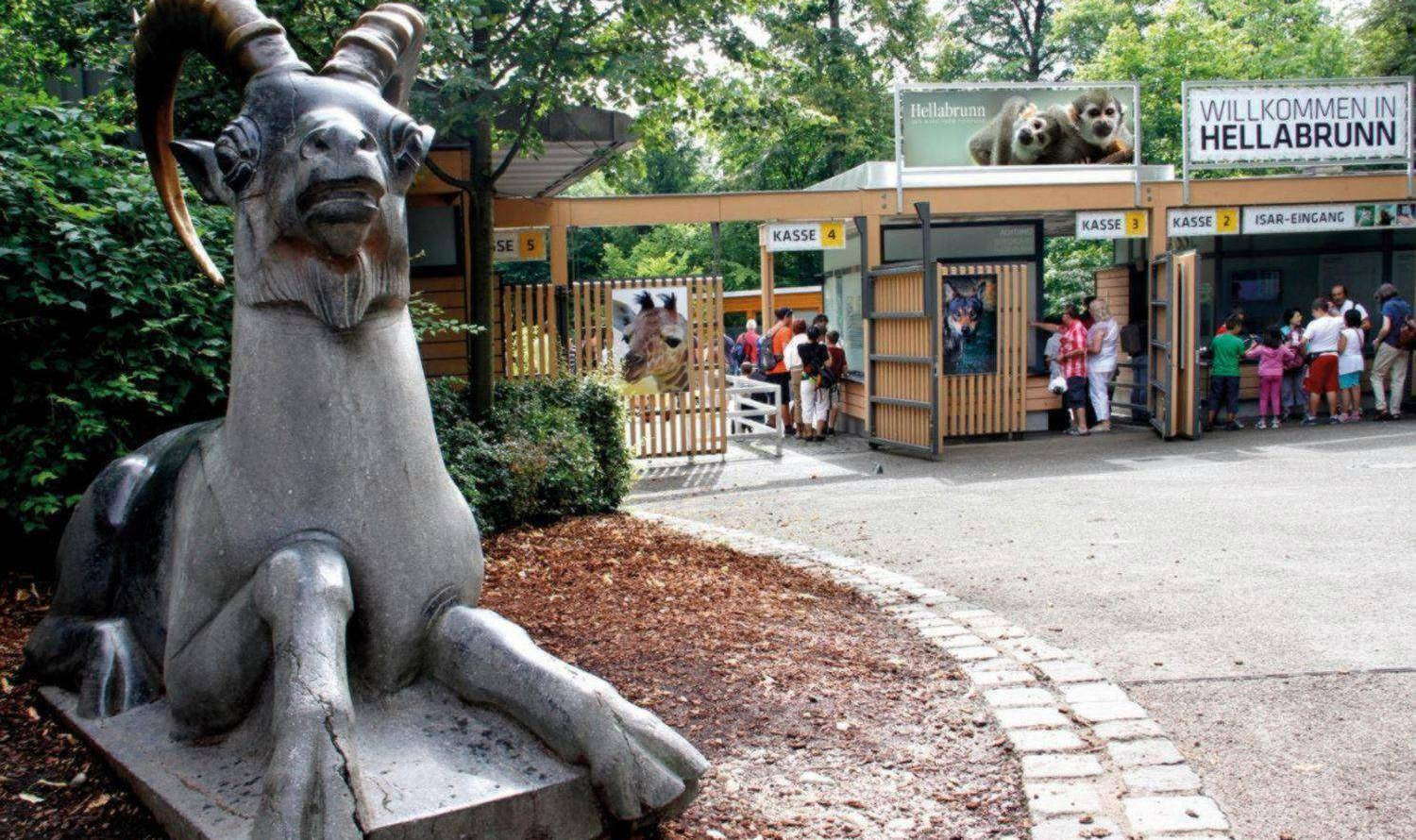The Munich Zoo was built on the south bank of the River Isar more than a century ago. Even then, its creators made sure that the animals could live in conditions close to their natural habitat.
Today it is the second largest zoo in Europe, covering 39 hectares and housing 18,000 animals of more than 650 species. The zoo is very well organised: the whole area is divided into 'continents', each with its own characteristic fauna.
A visit to the Munich Zoo is a must on any children's itinerary. Where else can you get so close to the animals? No colourful encyclopaedia can explain the velvety fur of a giraffe, how bats sleep or how polar bears swim in the pool.

The animals at Hellabrunn don't just live in enclosures — poultry roam the walkways and there's a petting zoo for the little ones. There are peaceful goats, sheep and ponies that you can feed, pet and take pictures with.

In addition to the 'continents', the zoo has created several other interesting corners. One of these is the House of the Jungle. Monkeys roam among the lush tropical vegetation and a huge aquarium is home to amazing fish, jellyfish, crabs and other underwater flora and fauna. There is also a terrarium with snakes. Another place of interest is Villa Dracula. This is a cave inhabited by bats. At dusk, the cave is home to one hundred and fifty of these animals, belonging to 15 different species.
It is also worth taking a look at the polar latitudes to see polar bears, penguins and walruses. Many of the animals not only pose for visitors to the zoo, but also take part in shows to show off their talents. Elephants invite you to join them in calisthenics, sea lions surprise you with their dexterous tricks, and even birds of prey have something to do: a great horned owl, for example, demonstrates how to hunt. The mongooses are also good, as they will amaze you with their ingenuity in finding food. Please note that the shows only take place when the weather is fine.


Another show to watch is the feeding of the animals. It's a good idea to check the feeding schedule ahead of time so you don't miss anything. It's fascinating to watch the penguins crowd around the feeding trough, waiting to get their hands on a fish. You might also enjoy feeding the pelicans, tigers or piranhas.
The Deutsches Museum, one of the city's most popular museums, is 4.6 km from the zoo.
As the zoo is very large, it's best to take young children in a pushchair. If you're travelling in a large group, it's a good idea to hire an original JAKO-O pram. These prams offer plenty of space. You can hire a pull-along at either the Isar or Flamingo entrance to the zoo.There are plenty of benches in shady spots for children to relax on. There are also playgrounds with fun slides and several cafes.











